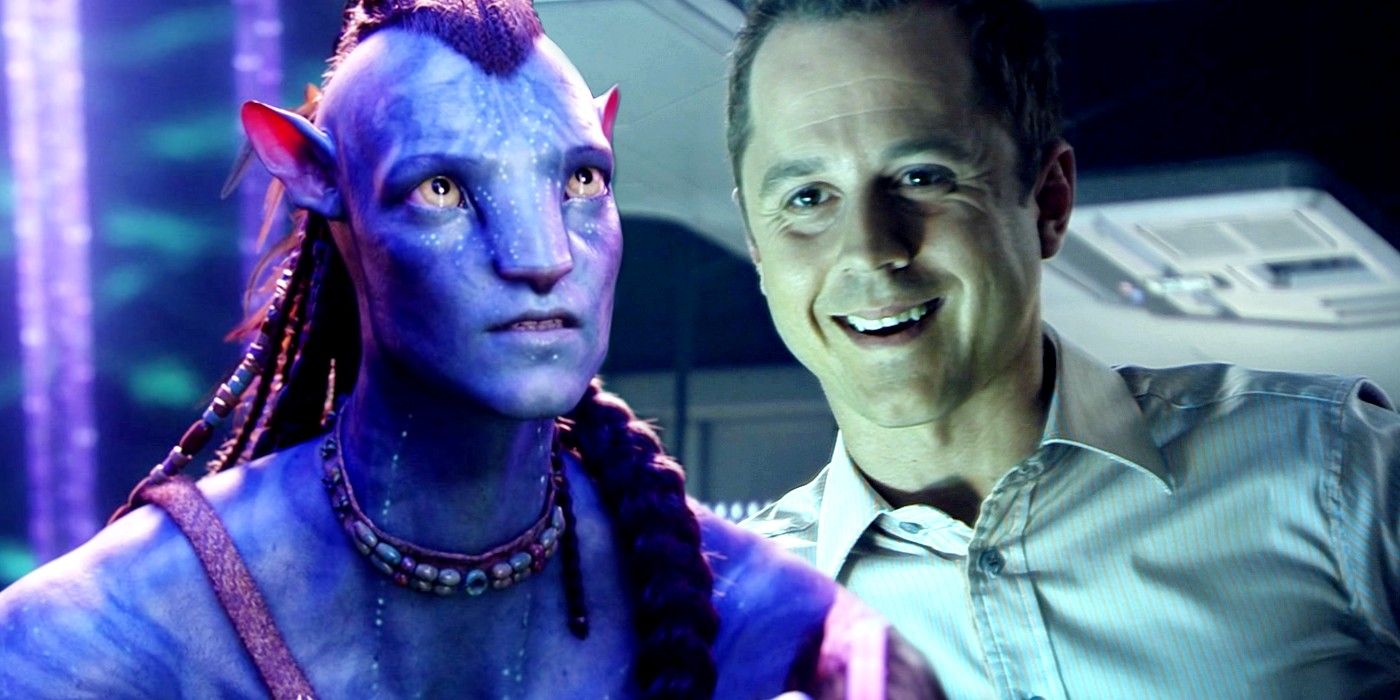The Na'vi look to be thriving in Avatar 2, but Earth's human population might not be so lucky. In James Cameron's original Avatar movie, the dastardly RDA corporation make the long trip from Earth to Pandora and, whatever the expedition's contingent of scientists might think, the mission objective is not to get friendly with the locals. The RDA invade Pandora for one reason only - unobtanium. As the name suggests, this substance is not only incredibly rare, but also immensely valuable as an efficient energy source. Unobtanium is seen as Earth's hope for the future in terms of power and fuel but, as we know, the RDA are booted from Pandora's surface empty-handed.
Avatar 2, you would assume, will reveal what happened to Earth after Pandora's unobtanium went unobtained - but how bad could humanity's future be? Thanks to comments from cast and crew, it's known that approximately a decade has passed in-story between Avatar and Avatar 2, with Jake and Neytiri now proud parents to three young children. While the action will center around Pandora and the nearby locales, the upcoming Avatar sequels will still have a human presence, including various returnees from the original film such as Dr. Grace Augustine (Sigourney Weaver) and Miles Quaritch (Stephen Lang). So, did Earth build a few extra solar panels after its disappointment on Pandora, or could humanity actually find itself on the brink of extinction in Avatar 2?
Thanks to the Avatar: An Activist Survival Guide tie-in book, we know the RDA was responsible for quashing alternative sources of energy on Earth, pinning the planet's entire hopes on unobtanium. This means Earth has no "plan B" once the expedition returns without the necessary loot. Furthermore, traveling from Earth to Pandora takes almost 6 years, giving mankind even less time to plan for a lack of unobtanium. Avatar's Earth would keep destroying itself by plowing relentlessly through fossil fuels, compounding the problems of pollution, poverty and warfare that Jake left behind when he chose to settle down on the lush green of Pandora in the year 2154.
The ten years between films isn't long enough for the entire population of Earth to die out naturally - one of the planet's biggest problems during Avatar's era is overpopulation, after all - but the energy crisis and failed unobtanium mission might trigger further conflicts, potentially of the nuclear variety, which will hasten the extinction process considerably. When Avatar 2 begins, Earth could be little more than a post-apocalyptic wasteland, where the remaining superpowers squabble over the last few drops of energy they can wring from the planet. Certainly, this would fit the environmental message James Cameron slapped right at the front of the original Avatar.
The demise of planet Earth could become a key storyline in the upcoming Avatar sequels. Given the species' uncanny habit for survival in science fiction, some humans would inevitably evacuate and make their way toward charted alien worlds such as Pandora. The arrival of human refugees on the Na'vi moon would flip the dynamic between man and Na'vi completely. The first Avatar was widely accused of recycling tired white savior plot tropes, where the Earthling heroes ride to the aid of primal natives, but the Na'vi choosing to aid human refugees after Earth's destruction in Avatar 2 would represent the exact opposite. Indeed, it may be the influx of humans on Pandora that drives a fresh wedge between the various Na'vi tribes. Jake and Neytiri's Omaticaya clan are obviously willing to forgive, forget, and be merciful, whereas others want to abandon the desperate humans after everything that transpired the last time Earth come to town.





